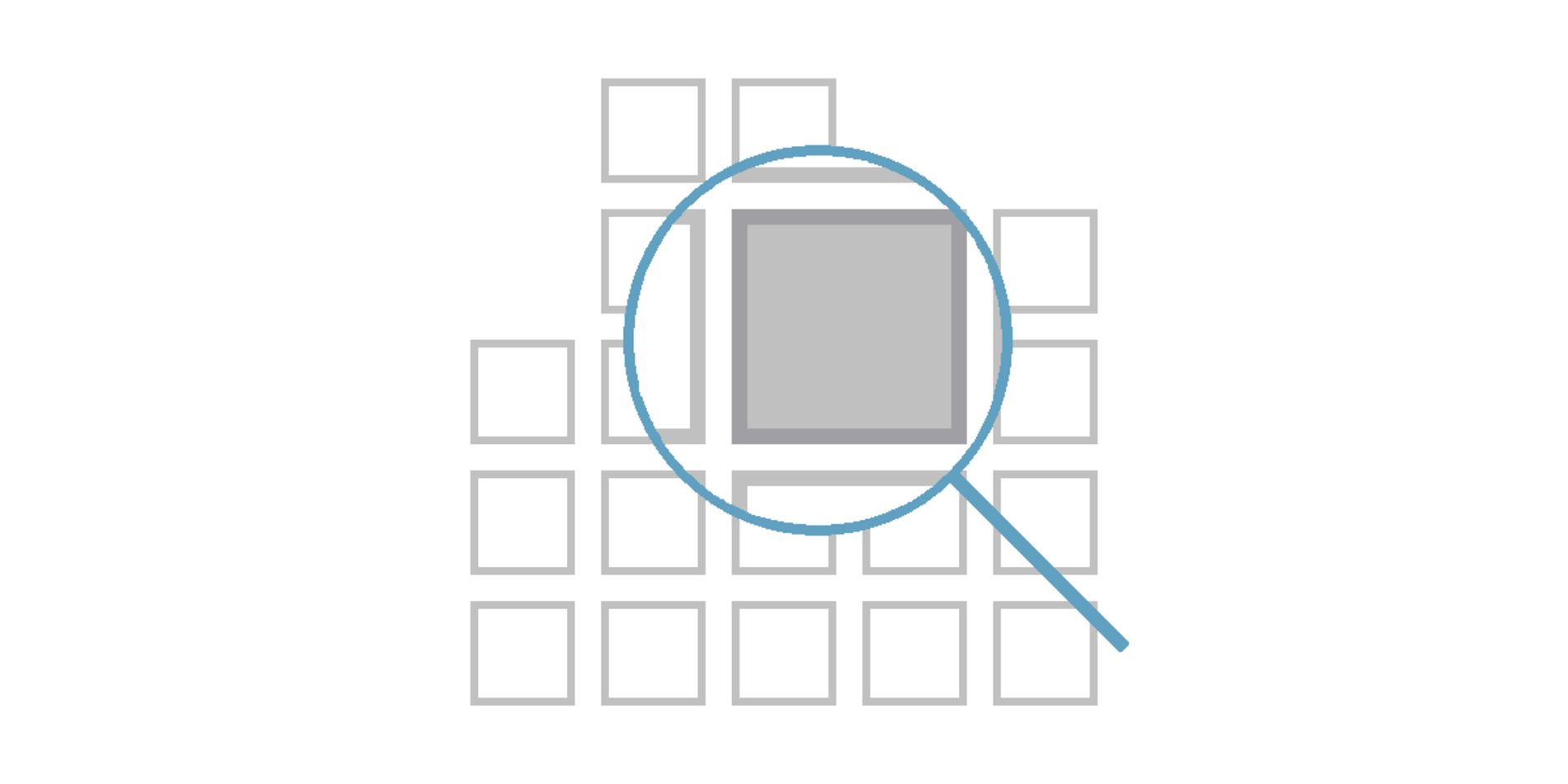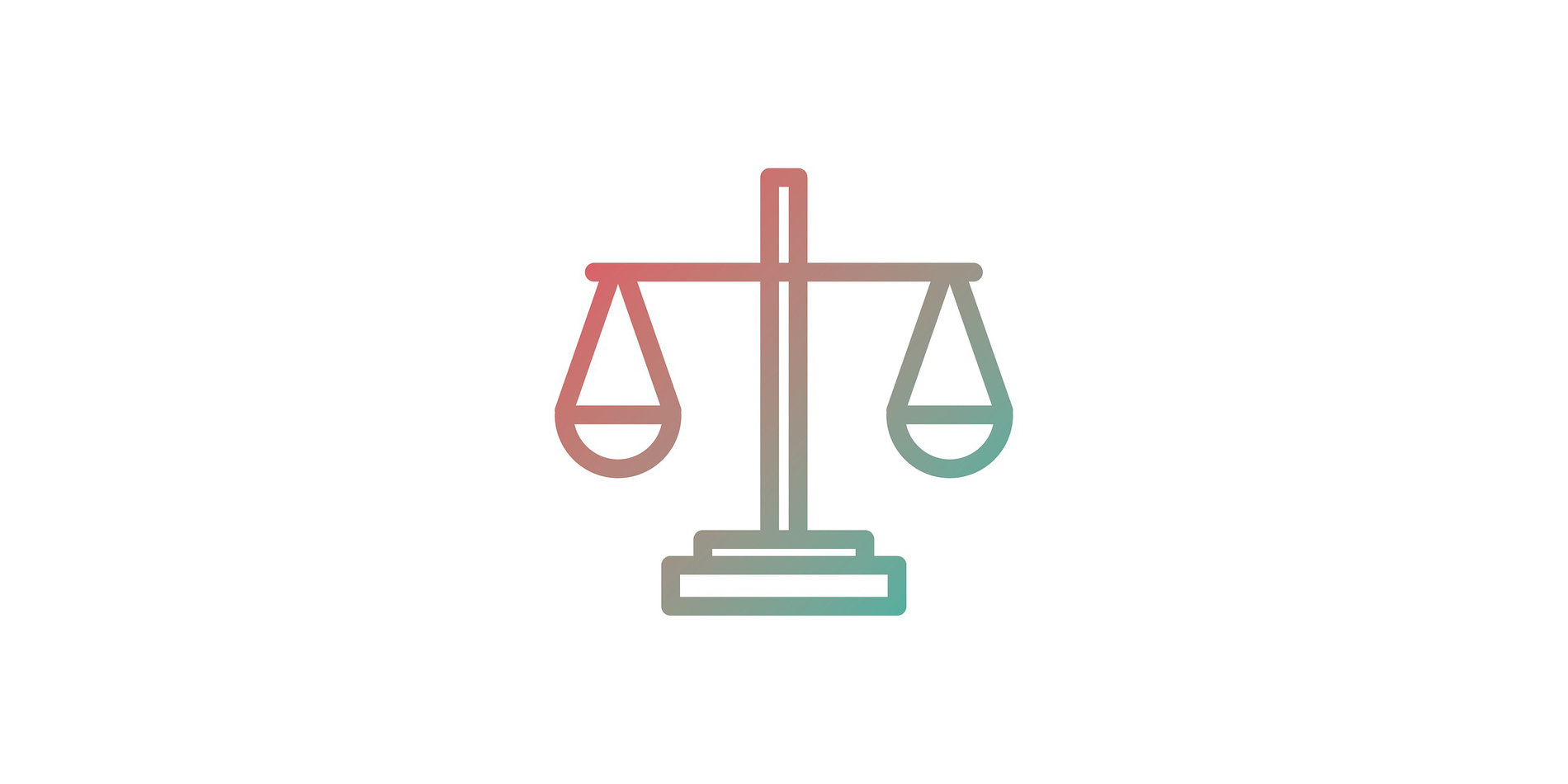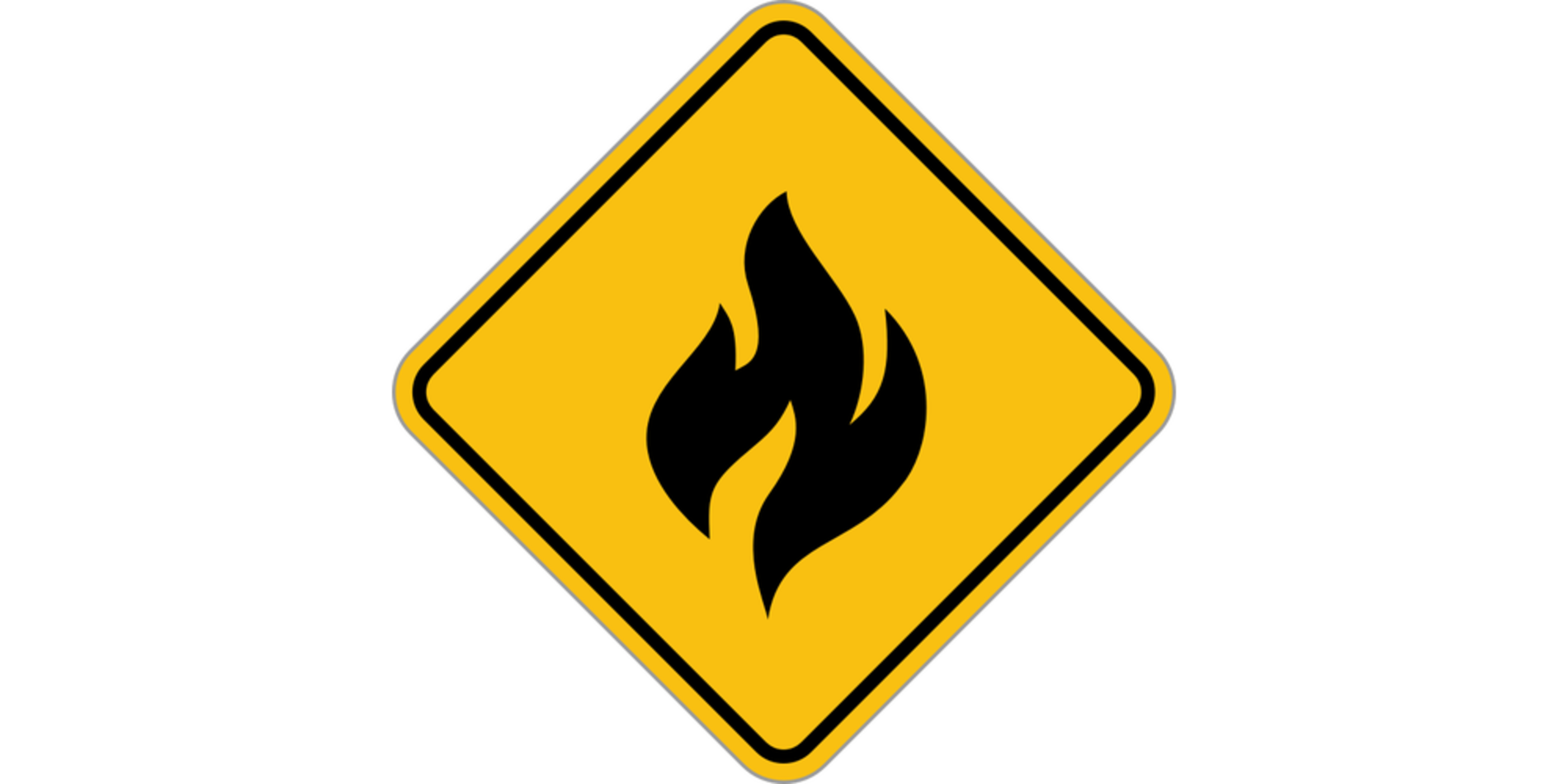Spring Quarter 2024
Wildland Fire Challenge and Companion Course
The 2024 Wildland Fire Challenge is underway and it's not too late to join. Sign up below and check out Earthhacks Live, Tools, and our Slack Workspace to stay up to date with things
Friday, May 31: Project Expo
Check out the recently added Project Ideas (more to come)
Challenges/Focus Areas
This year’s Big Earth hackathon is focused on addressing the multi-faceted, highly critical and challenging topic of wildland fires. We have identified three focus areas, described below, that are particularly important and have potential for innovative data-driven solutions. Teams can define projects in any of these areas, or at the intersection of one or more areas.

Prediction/Analysis
In recent years, wildland fires have become both more prevalent and more devastating. The fire season and fire regions are also shifting. In the meantime, more and more people live in the wildland-urban interface where the risk of fires is higher. In this focus area, you are asked to consider related questions, such as: which communities, areas, and structures in California are at greatest risk of wildfires now and in the future; what are the health impacts of smoke, both near and far-field; and what is the efficiency of existing evacuation routes and response efforts?
Want to help coordinate the event?
Main Sponsors

We are grateful also for the following contributors



